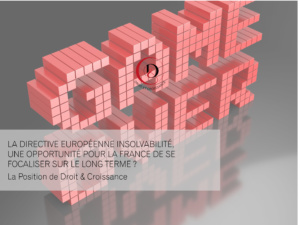Dark patterns or deceptive patterns could be defined as techniques for deceiving or manipulating users through interfaces that have the substantial effect of subverting or altering a user’s autonomy, decision-making or choice as part of its online activities. These techniques are, for example, used to lead users to share ever more personal data, to pay more for products or services, to prevent them from canceling subscriptions or to make it more difficult to exercise their rights, or even impossible. A large literature demonstrates that these dark patterns more easily fulfill their objectives when they are used on mobile applications, in particular mobile game applications. The context of use of these applications generates decision-making based on System 1 (Kahneman) and heuristics, which is fast and inexpensive in terms of cognitive costs. Beyond the direct consequences visible on an individual scale, these techniques contribute to the reinforcement of generalized behavioral manipulation practices that question our collective relationship to the progress of techniques, when they are not used for humans’ best interests, and question our social contract in the digital age. The communication aims to provide an overview of the regulatory framework governing dark patterns, to identify its shortcomings, and to propose sustainable regulatory solutions that really take human cognitive limits into account.
How do dark patterns manipulate our mobile uses? Regulation proposal for sustainable and human-centered digital
Posted in Position papers, IT/IP






